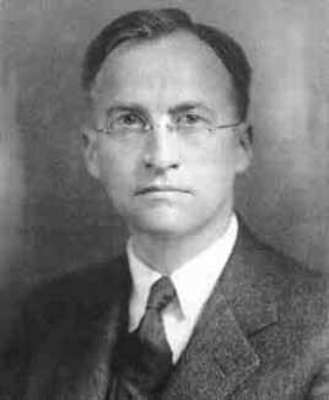The American mathematician was one of the most important leaders in American Mathematics in his generation. He became known for the Ergodic Theory. After studying art during his world travel he published his ‘Aesthetic Measure’ where he formulated that M = f(C/O), where M is the aesthetic measure which is defined by O, the ratio of order, and C, its complexity in 1933. This formula was taken up in Information Aesthetics by Max Bense. With his rules he sought to assign an aesthetic measure to any artwork. In 1962 Rul Gunzenhäuser wrote his dissertation Ästhetisches Mass und ästhetische Information. Einführung in die Theorie G. D. Birkhoffs und die Redundanztheorie ästhetischer Prozesse [Aesthetical Measure and Aesthetical Information. Introduction into the theory of G.D. Birkhoff and the redundance theory of aesthetical processes], taking up Birkhoff’s ideas.
G. D. Birkhoff
| i |

| last name: | Birkhoff |
| first name: | G. D. |
| birthday: | March 21, 1884 |
| birth-place: | Overisel Township (USA) |
| death date: | November 12, 1944 |
| died in: | Cambridge (USA) |
Summary
Biography
| 1907 | Completed his PhD on differential equations at the University of Chicago. |
| 1911 | Working as a professor of mathematics at Princeton University. |
| 1912-1944 | Birkhoff is teaching at the Harvard University until his death. |
| 1933 | Publishes Aesthetic Measure, a mathematical theory for aesthetics. |
References
- Nake, Frieder 1974. Ästhetik als Informationsverarbeitung. Grundlagen und Anwendungen der Informatik im Bereich ästhetischer Produktion und Kritik. Wien, New York:Springer
- Oberquelle, Horst & Beckmann, Oskar 2008. Beckmann's Studio Computers Specified for Early Computer Art. In: IEEE Annals of the History of Computing. Los Alamitos, CA, USA:IEEE Computer Society
Illustrations
Comments
enter new comment

